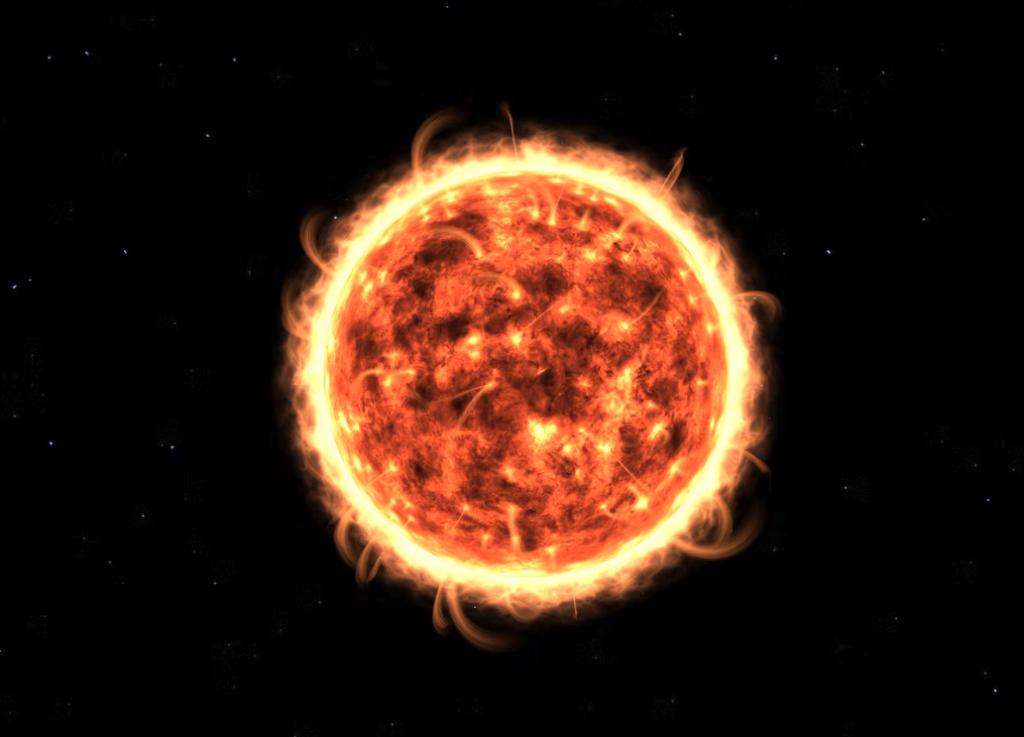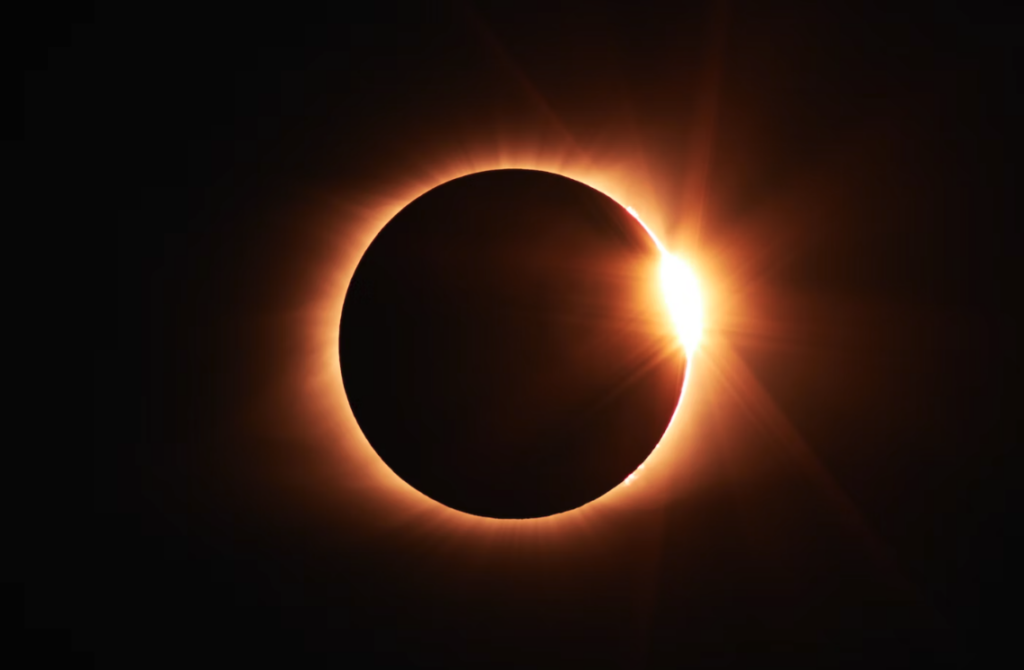How Do We Know How Old the Sun Is?
The Sun has been shining for several billion years, allowing the Earth to become the only planet in the Solar System that can host life. But, how do we know how old the sun is when we can’t even get to its surface? Finding the exact point in time when the Sun formed was initially impossible, but there are methods we can use to get an estimate.
As technology advanced, scientists found several ways to pinpoint the Sun’s age, even though these were indirect methods. They all offered the same results, thus giving an accurate answer on the Sun’s age. Here are the two methods used to determine how old the Sun is.

The Methods Used to Find How Old the Sun Is
Luckily enough, the entire Solar System and the Sun were formed within a few million years. Thus, by figuring out how old the Solar System is, estimates showed that the Sun is between 4.5-4.6 billion years old. Radioactive dating and Solar System evolution models are used to date the Solar System’s (and subsequently the Sun’s) age.
Radioactive Dating
Simply put, radioactive dating is the process of measuring the core decay of astronomical objects, such as meteorites, as well as Moon and Earth rocks. Considering that the Solar System is as old as the Sun, the radioactive dating results would reveal the star’s age.
While the oldest Earth rocks found were 3.8 billion years old, Moon rocks from the Apollo missions were determined to be 4.5 billion years old. Additionally, when dating ancient meteorites, the results gave a definitive answer; the Sun and the Solar System are around 4.6 billion years old.

Solar System Evolution Models
In an attempt to replicate the results found from radioactive dating, scientists created computer models that simulated the Solar System’s evolution. By utilizing some parameters from the Sun, the results regarding the star’s age were identical to those of radioactive dating.
To understand how these computer models work, examining the aforementioned parameters is necessary. As the Sun ages, it produces different luminosity levels, allowing for accurate aging when added to a simulation model. Thus, by creating the stellar evolution models and crosschecking the luminosity levels, the Sun’s age was again determined to be 4.6 billion years.
How Do We Know How Old the Sun Is? Conclusion

Finding out the Sun’s age was, at first, challenging. However, with the help of new technological advancements and the idea that the Solar System and the Sun were of similar age, scientists utilized two methods to discover how old the Sun is: radioactive dating and stellar evolution models.
With radioactive dating, the decay found in core elements of meteorites, Earth rocks, and Moon rocks was used to estimate their age, which would be equivalent to the Sun’s age. In addition to this, computer models of the Solar System’s evolution were developed, which came to the same conclusion as radioactive aging by utilizing the Sun’s current luminosity levels.
If you want to learn more about how long the Sun will last and what will become of the Solar System, feel free to check out our thorough analysis of the Sun’s life cycle.
